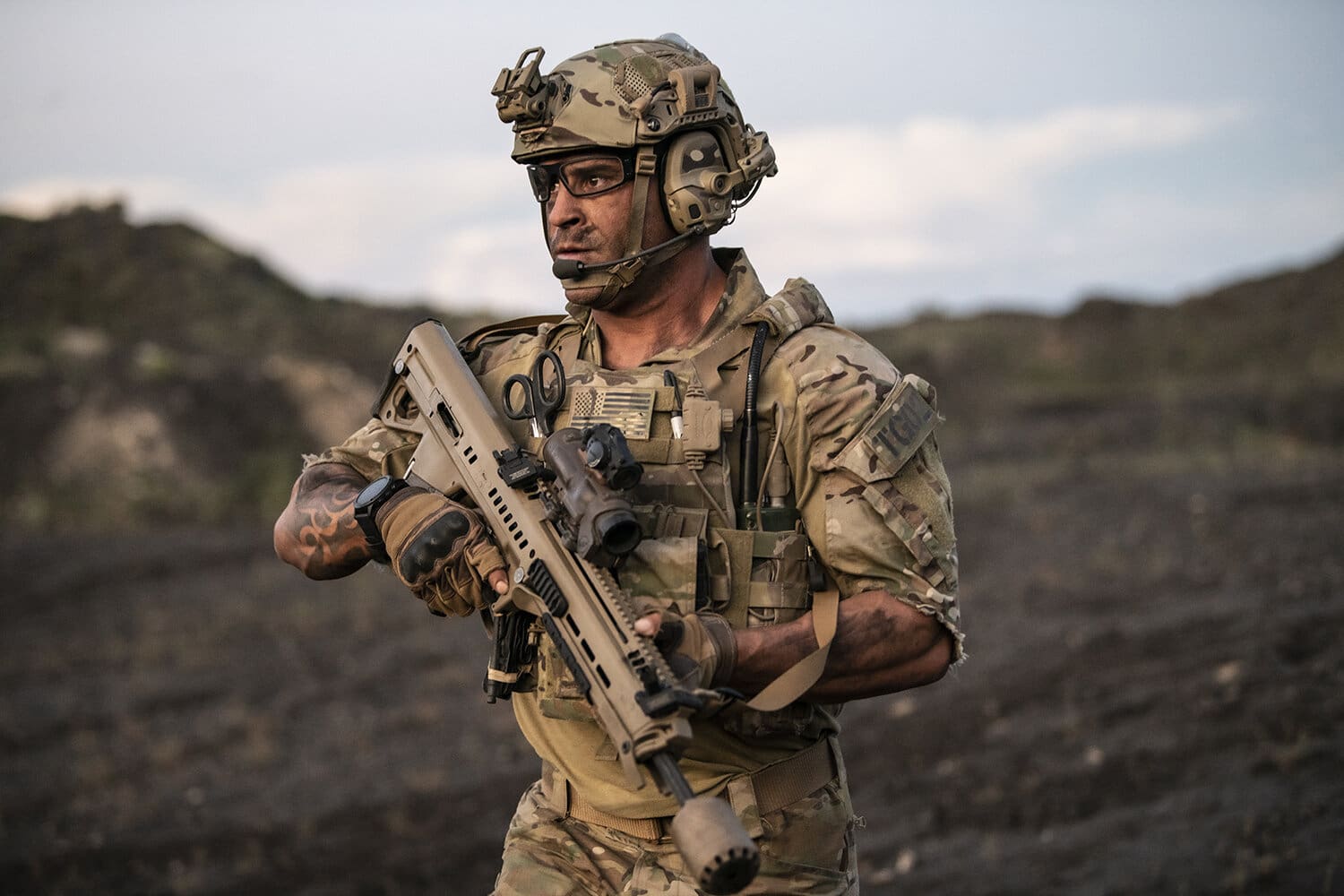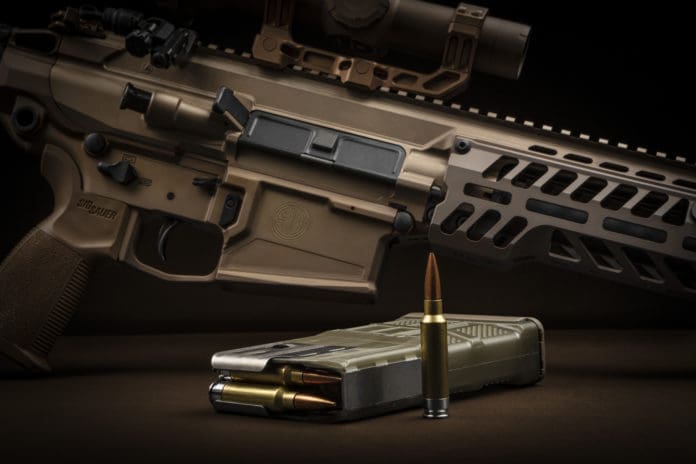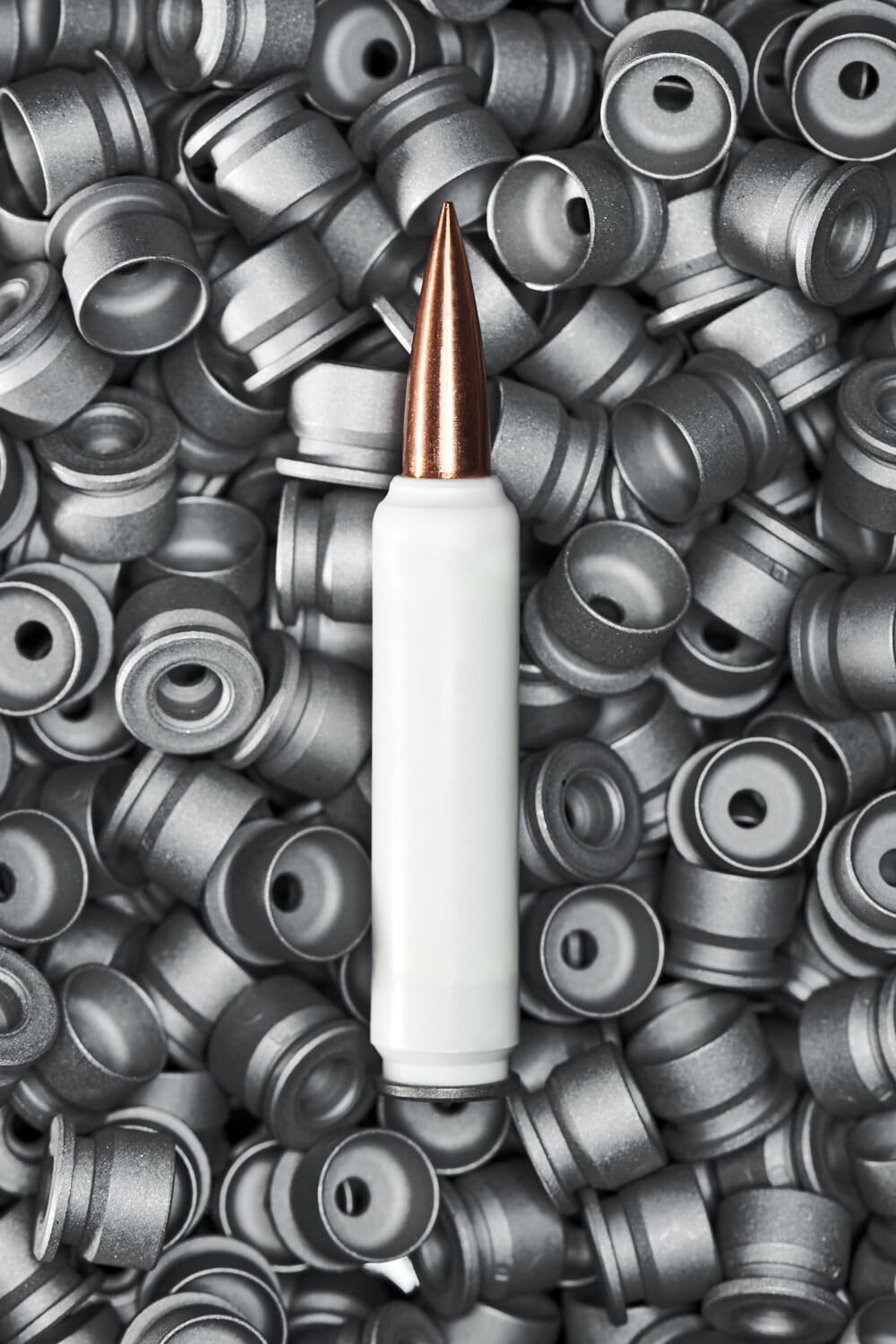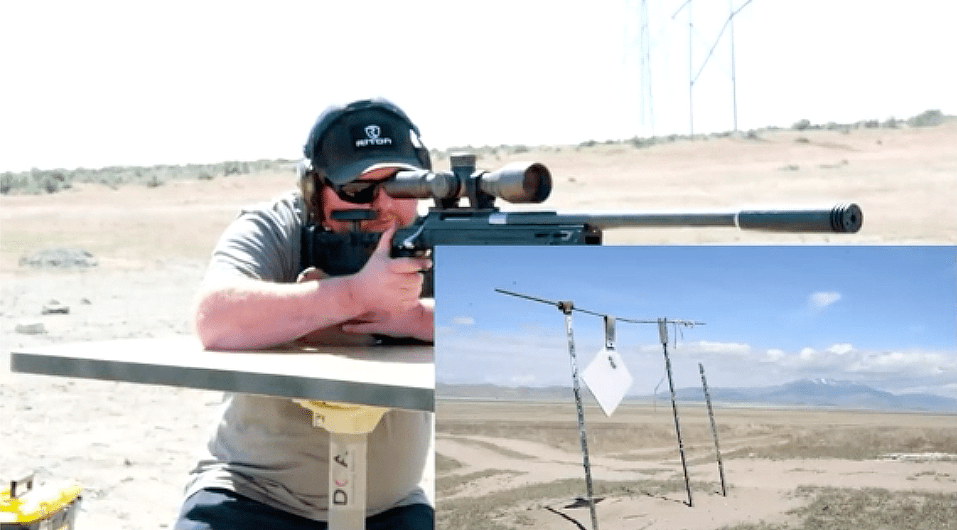Like just about all military procurement projects, the Army’s Next Generation Squad Weapon selection process has been a long and bumpy journey that’s dragged on since 2018. The Army’s been running 5.56 weapons for over half a century now and the move to a 6.8mm round while replacing venerable small arms like the M4, M16, and M249 SAW is a significant change.
But at long last, the Army is expected to make its final firearm selection some time in 2022. Maybe by the middle of the year. Allegedly.
The Army has, at least, settled on an optic for the new firearms from Vortex. Uncle Sugar will spend $2.7 billion on a fire control system that “increases accuracy and lethality for the Close Combat Force. It integrates a number of advanced technologies, including a variable magnification optic, backup etched reticle, laser rangefinder, ballistic calculator, atmospheric sensor suite, compass, Intra-Soldier Wireless, visible and infrared aiming lasers, and a digital display overlay.”

The two remaining firearm makers in the hunt are SIG SAUER with their more traditional MCX Spear rifle design and a bullpup configuration from an alliance of True Velocity/LoneStar Future Weapons and Beretta, now that General Dynamics is no longer in the picture.

Both remaining competitors are, of course, built around the Army’s chosen 6.8mm round. SIG’s cartridge is the 277 SIG Fury with its two-piece brass case.

SIG says the 277 SIG Fury’s “hybrid” case “allows for increased muzzle velocity and greater energy than traditional brass cases.”
True Velocity’s round for the NGSW competition is the polymer-cased 6.8TVC.

Both rounds apparently provide what the Army wanted; namely more lethality with increased muzzle velocity and range in a lighter weight package.
The Army also wants a commercially manufacturable cartridge that supports high volume production. Both companies’ rounds have now been certified for commercial use. SIG is already selling their MCX Spear, a commercial version of the NGSW rifle that’s chambered in 277 SIG Fury. They’ll be releasing a Cross bolt action rifle in 277 SIG Fury this year and there are more production rifles scheduled to be chambered for the round down the road.
True Velocity/LoneStar in partnership with Beretta has promised commercial semi-automatic models of their RM277 pullpup at some point.
The 277 SIG Fury was approved by SAAMI in September of 2020 and the certification was announced last year. The True Velocity round was approved in January of 2022, a first for a composite-cased cartridge. But there are some interesting differences in the details when you look at the rounds closely.
The 277 SIG Fury was certified for a 135 grain bullet at 3000ft/second and a maximum average pressure of 80,000psi. That’s a high pressure round which was the reason for the hybrid cartridge design. As a SIG engineer tells us . . .
The hybrid case technology was developed to permit higher pressure ammunition. It’s a stronger shell case. Higher pressure allows for more performance/energy in a smaller, lighter package.
The weak link in traditional brass cased ammunition has always been the primer pocket area that is unsupported by the chamber. For that portion of the shell case we replaced brass with stainless steel. Stainless steel is much stronger than brass so we’re able to use less material, which saves additional weight, and still have a substantially stronger shell.
The True Velocity 6.8TVC round (which is also referred to in some materials as 6.8TVCM for some reason) was certified for a 150 grain bullet at 2700ft/sec and a maximum average pressure of 65,000psi. So…a heavier, slower round than the SIG and a more conventional pressure.
True Velocity’s January 17 press release announcing the SAAMI certification, however, listed the certified 6.8TVC round as 135 grains at a velocity of 3,000ft/sec. The reason for the difference between the SAAMI data and the press release isn’t clear.
But that’s not where the differences end. If you look at the SAAMI spec sheets, you see that the 277 SIG Fury round achieved its certified performance from a 16-inch barrel. The 6.8TVC was certified using a 24-inch barrel (that’s not easy to see…you have to look at the bottom of the second velocity and test pressure page). The True Velocity web site indicates that the 6.8TVC round’s “ballistic data and specifications are currently confidential.”
Both companies plan to offer firearms with different barrel lengths for the military and commercial markets. SIG’s MCX Spear (and the limited run rifle being sold commercially now) will have a 13-inch barrel in the military version. SIG tells us the commercial version of the rifles will have a 16-inch barrel for NFA compliance.
The Genesis RM277R will apparently have a 19-inch barrel in its bullpup design. It’s not clear how the crew-served RM277AR version of the gun will be equipped. See this video . . .
Sadly, we weren’t aware of these details prior to SHOT. If we had been, we could have talked to True Velocity directly about these questions while we were there. Our bad.
We’ve tried to clarify these points with True Velocity over the last week, but haven’t been able to reach them either through their web site or by phone. If we’re able to get in touch with them, we’ll update this post.
In any case, the Army is now choosing between two very different small arms platforms and two distinctly different 6.8mm cartridges (Winchester will also be producing 6.8mm ammo for the Army at Lake City).
The differences between the platforms and the ballistic performance of both remaining competitors are obviously significant. We wouldn’t want to bet on the winner as trying to predict outcomes of the military contracting process is a fool’s game. But the long-term effects — both military and civilian — of the Army’s multi-billion dollar competition will be felt for decades.








